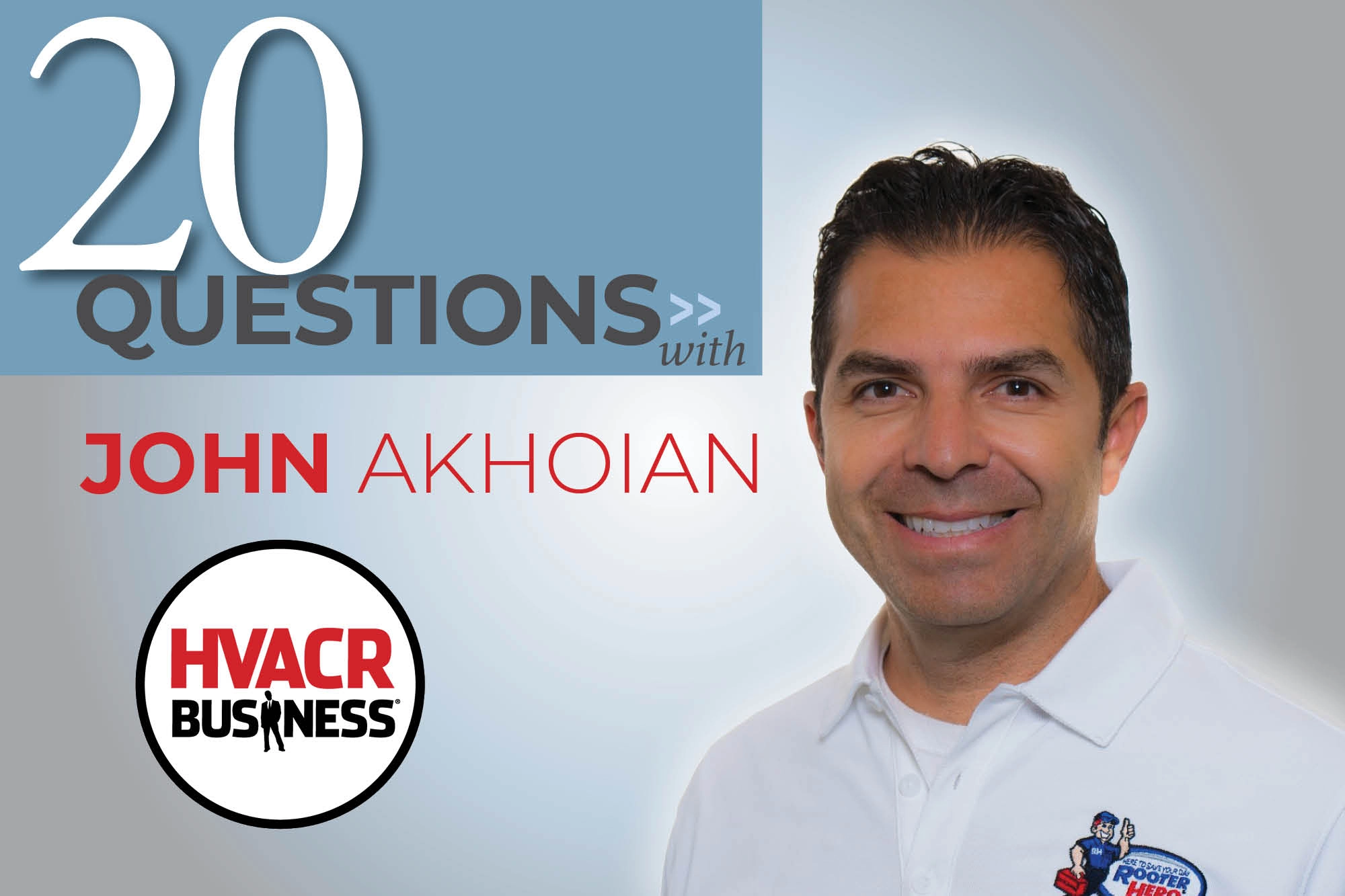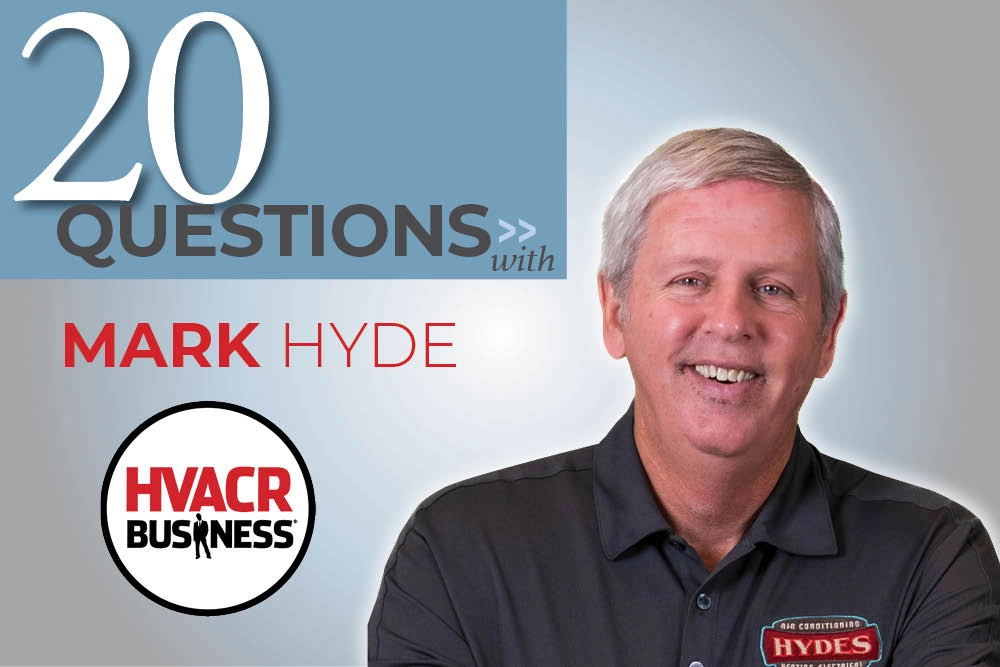The Obama administration ran on a promise of change and no new taxes. You can be the judge as to whether or not things have changed in Washington — but no matter who you are, what you do, or how much you earn, your taxes are going up. I’ve included some general knowledge categories and then others specifically impacting small business owners like us.
2011 Income Tax Bracket Changes
In case you weren’t aware, the Bush tax cuts of 2001 and 2003 are set to expire at the end of 2010. Thus, if Congress doesn’t act, and nothing indicates they will, they will be replaced by the pre-2001 tax brackets. In other words, the 10%, 15%, 25%, 28%, 33% and 35% tax brackets will be replaced by 15%, 28%, 31%, 36%, and 39.6% brackets. It’s hard to say exactly where the income cutoffs will lie, but if we base the numbers on the 2010 income tax brackets and add 3% for inflation, the 2011 tax brackets might look something like Chart A.
Alternative Minimum Tax (AMT)
The AMT was introduced in 1969 and became operative in 1970. It was intended to target 155 high-income households — that’s not a typo. They were targeting 155 households that had been eligible for so many tax benefits that they owed little or no income tax under the tax code of the time.
However, the AMT has evolved significantly in many ways since then, with substantial changes. These provisions included the disallowal of state and local taxes, the deduction for personal exemptions, the standard deduction, and the deduction for interest on home-equity loans.
Every year the AMT — originally designed to ensure that rich taxpayers didn’t skirt taxes — hits middle-class taxpayers because the tax was never indexed for inflation. So, every year Congress passes a one-year “patch” to spare some of those taxpayers (essentially, they raise the AMT exemption). Count on another one-year patch for 2010 and then possibly a permanent fix for 2011 — an automatic annual inflation adjustment to the exemption.
Though the AMT is the poster child for the absurdity of the tax code, it’s also a big-time revenue source (an estimated $875 billion from 2009 to 2019, assuming inflation indexing). So, it’s not going away. But a tax originally designed for just 155 households will ensnare as many as 30 million tax payers this year.
What to do now: Singles with an adjusted gross income above $46,700 (in 2009) and married couples with adjusted-gross incomes above $70,950 have to run the numbers using the regular tax rules and the AMT — and pay the bigger tab. The AMT hammer comes down especially hard on parents in states with hefty income and property taxes (both the standard deduction for family members and local taxes are limited under the AMT).
Short of moving out of New York, New Jersey, or California, your next best move is to hope for more substantial tax reform after the mid-term elections.
2011 Capital Gains Tax Changes
Beyond the increased federal income tax brackets, the capital gains tax rates will also be changing. The top rate for long-term capital gains will be rising from 15% to 20%, and the 0% rate for those in the lowest tax brackets will be replaced by a 10% long-term capital gains rate. So much for just soaking “the rich.”
Small Business Expensing Dramatically Reduced Section 179 of the tax code allows small businesses to expense (i.e., deduct immediately, instead of depreciating over time) the full cost of a certain amount of property and equipment that they place into service each year.
This deduction makes it cheaper and simpler for small businesses to expand and modernize by purchasing more capital equipment. Setting aside additional, temporary adjustments made over the past several years in response to the economic downturn, small businesses can generally expense up to $125,000 annually (indexed for inflation each year), with the phase-out range beginning when certain capital expenditures exceed $500,000 (also indexed for inflation).
As shown in Chart B, the 2011 tax increase will significantly reduce these limits, leaving small businesses with much higher after-tax costs for their capital investments.
Death Tax Reinstated
For 2010, the estate tax is completely repealed. Unless Congress acts, however, the estate tax will return in full force next year, with a top rate of 55% in Chart C on the assets of taxable estates, after subtracting an exemption of $1 million (not adjusted annually for inflation).
In many cases, this tax represents double or even triple taxation: The taxpayer paid tax when the income was earned, paid tax again on dividends or interest when that after-tax income was later invested, and then the estate has to pay tax on the assets purchased with that previously taxed income before those assets can be passed on to the taxpayer’s heirs.
Because they are often asset-rich but cash-poor, small businesses like hvacr firms will be hit particularly hard by the reinstatement of the estate tax, as they may be required to liquidate upon the death of the owner just to pay the tax bill.
Regrettably, jobs are lost when small businesses are sold off to pay estate taxes or when those businesses make decisions not to expand because of anticipated estate tax liabilities.





